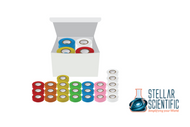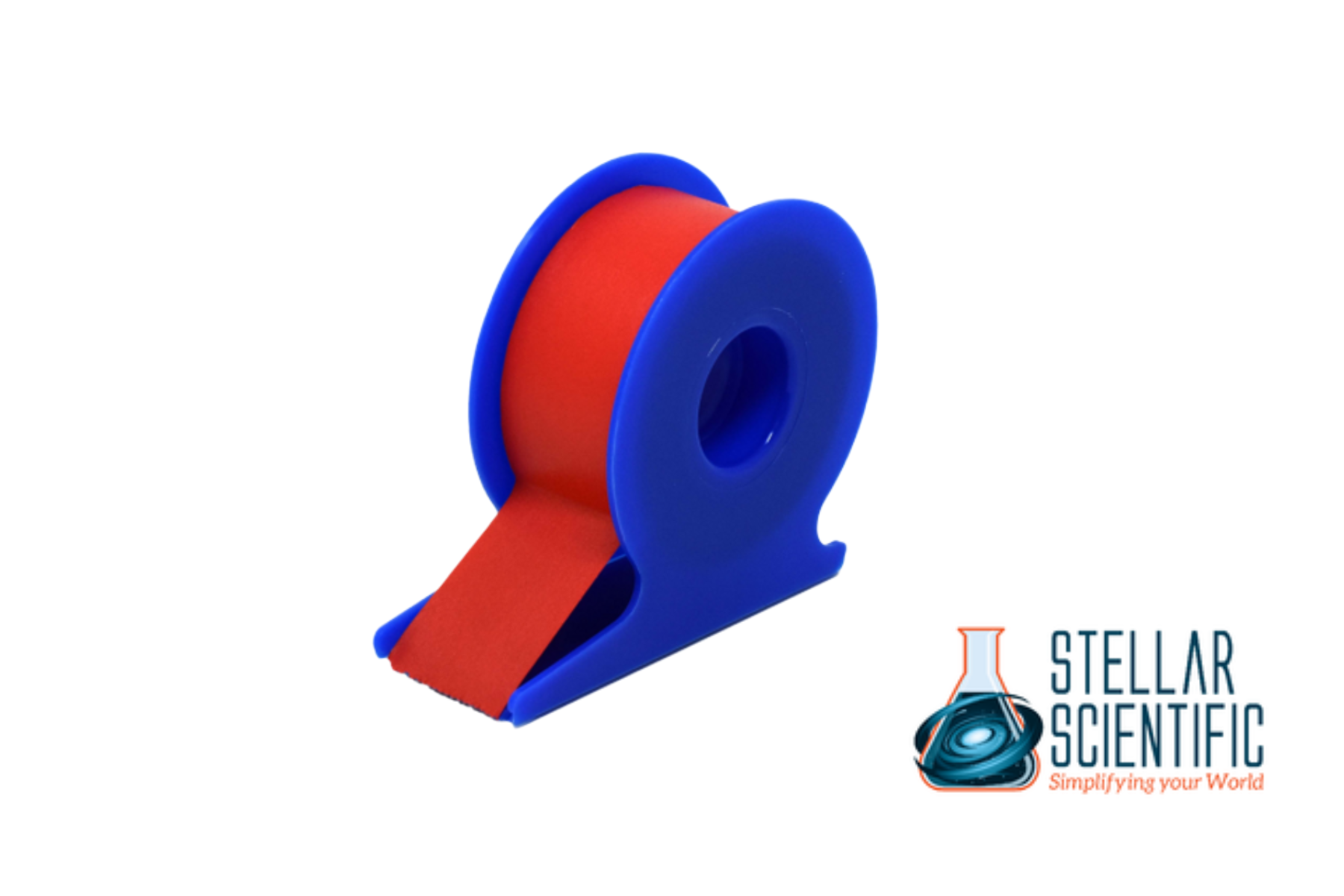Minimizing Experimental Errors Through Effective Labeling Systems in Laboratories
15th Sep 2025
In the world of laboratory work, precision and accuracy are paramount. Every experiment, whether it involves chemical reactions, biological assays, or physical measurements, is built on the assumption that all variables are controlled to the greatest extent possible. However, even the most meticulously designed experiments can fail or produce erroneous results due to overlooked or poorly managed factors. One such factor that is often underestimated but has a significant impact on experimental success is effective labeling systems.
The Importance of Accurate Labeling in Laboratories
Labeling plays a crucial role in ensuring that every element within a laboratory experiment is correctly identified, tracked, and analyzed. This is particularly important in multi-step or long-duration experiments where multiple samples or substances need to be tracked over time. Without effective labeling, it becomes exceedingly difficult to correlate experimental results to specific conditions, materials, or time points, which can lead to errors that skew results or waste valuable resources.
Accurate labeling ensures that researchers can trace any sample back to its origin, providing transparency and reducing the likelihood of contamination or misidentification. For instance, when dealing with complex experiments that involve multiple reagents or compounds, labels help ensure that each sample is handled correctly, stored in the proper conditions, and analyzed according to the experiment's requirements.
Types of Labels and Their Significance
There are various types of labels and labeling tools available for laboratory environments, each with unique applications. Common labeling systems include:
1. Laboratory Labels
Laboratory labels are essential for identifying everything from test tubes and petri dishes to chemical containers and research notes. These labels come in various sizes and materials, designed to suit specific needs. For example, some laboratory labels are made from durable materials that withstand harsh chemicals or extreme temperatures, ensuring they remain legible throughout the experiment.
2. Label Tapes
Label tapes are another popular form of lab labeling, especially useful for large quantities of materials that require rapid identification. These tapes can be applied to almost any surface and are available in a range of colors and widths to make it easier to categorize and organize experimental components. The versatility and ease of use make labeling tape an excellent choice for both short-term and long-term labeling needs.
3. Lab Labels for Sample Management
Effective sample management is one of the most critical areas where labeling systems contribute to reducing experimental errors. When conducting experiments with multiple samples, accurate labeling ensures that each sample is recorded correctly, preventing cross-contamination and misidentification. Lab labels are typically used for vials, petri dishes, or other containers that house samples, and are instrumental in tracking the samples from start to finish.
4. Specialized Labels
In certain lab environments, specialized labels may be required to indicate specific properties or conditions related to the sample. For instance, biohazard labels are used to alert personnel to potential health risks, while temperature-sensitive labels can indicate whether a sample has been exposed to inappropriate conditions. These specialized labels not only minimize experimental errors but also enhance safety by ensuring proper handling and storage.
Minimizing Human Error Through Effective Labeling
One of the leading causes of experimental errors in laboratories is human error. Misplacing samples, incorrectly recording data, or failing to properly identify reagents can all lead to unreliable results. By instituting a consistent and effective labeling system, many of these errors can be reduced or eliminated.
Consistency is Key
A common mistake in laboratory work is inconsistency in labeling practices. If different researchers use different methods or labels, it can become difficult to track samples across various stages of the experiment. To avoid this, it’s crucial to establish standardized labeling protocols. These protocols should cover aspects such as label placement, the type of information to be included (e.g., experiment name, date, researcher’s initials), and the labeling materials to be used.
Clear, Legible Labels
Clear and legible labels are essential for preventing confusion and mistakes. When labels are difficult to read or unclear in their meaning, it increases the chance that the wrong materials are used, or the wrong sample is analyzed. Investing in high-quality, durable labels that are resistant to fading or smudging is crucial. This is especially true for experiments involving multiple steps or repeated handling of materials, where labels may be exposed to wear and tear.
Color Coding for Easy Identification
Color coding is another highly effective strategy for minimizing labeling errors. By using different colors of labels or label tapes, researchers can instantly identify specific categories of materials. For example, red labels might indicate a hazardous material, while green labels might signify safe or non-reactive substances. This system can significantly reduce the chances of accidental misuse or cross-contamination, especially in environments where multiple researchers are working with similar materials.
Enhancing Sample Tracking with Labeling
In many laboratory experiments, accurate sample tracking is a key element for minimizing errors. It’s important to know not only where each sample is at any given time but also to ensure that it’s being handled according to its specific needs. Whether you are working with cell cultures, chemical reactions, or biological specimens, using appropriate labels ensures that each sample is traced effectively from start to finish.
Managing Temperature-Sensitive Samples
Some samples require precise temperature conditions to maintain their integrity. This makes it essential to use temperature-sensitive labels that can indicate when a sample has been exposed to temperatures outside of the required range. By having such labels in place, researchers can identify and discard samples that may no longer be valid, thus avoiding the introduction of flawed data into the experiment.
Preventing Cross-Contamination
Cross-contamination is another common issue in laboratory experiments. When different samples are placed in proximity to one another without clear identification, the risk of contamination increases. This can be especially problematic when dealing with biological or chemical experiments where even a small amount of contamination can alter the results. Proper labeling and dedicated containers for each sample help mitigate the risk of cross-contamination by ensuring that materials are properly segregated and easily identified.
The Role of Technology in Modern Labeling Systems
Advancements in labeling technology have made it easier than ever to implement effective labeling systems. Digital labeling tools and software can automate the labeling process, making it faster and more accurate. These systems can generate labels with barcodes or QR codes that allow for real-time tracking of samples and materials.
In addition to this, many modern labeling solutions come with features such as customizable templates, data integration capabilities, and automated printing. This not only enhances accuracy but also allows for seamless integration of labeling systems into the broader lab management infrastructure.
About Stellar Scientific
At Stellar Scientific, we specialize in providing high-quality laboratory supplies and equipment designed to support researchers in their quest for scientific excellence. Our range of products includes laboratory labels and other essential items that help ensure the smooth running of experiments. By providing durable, reliable, and easy-to-use labeling solutions, we aim to minimize experimental errors and enhance the efficiency of lab operations.



